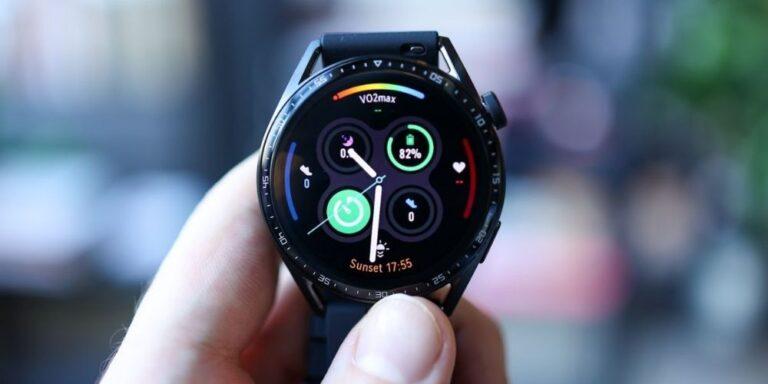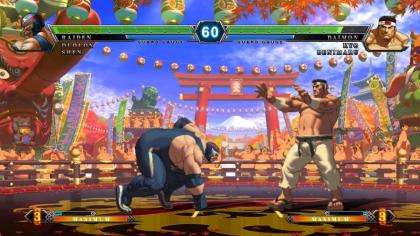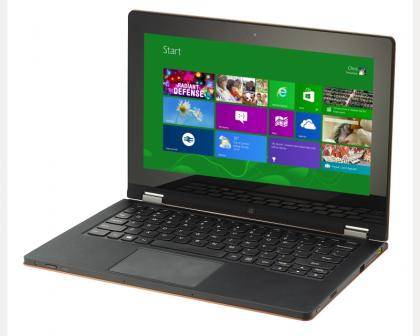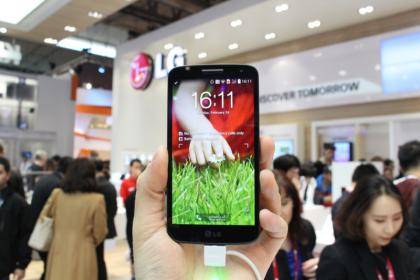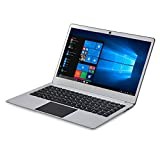Toshiba Tecra X40-D-10H review: A powerful, but ultimately underwhelming, laptop
Want a fast, ultraportable and business-focused laptop? Packed with the latest security tech? Then you’re in luck: aside from the mainstream budget laptops, this sector is currently more fashionable than a pair of Superdry skinny jeans.
That means Toshiba must try extra-hard to stand out – although that isn’t obvious when you first set eyes on the Tecra X40. It’s more understated than stylish, with a dark blue brushed metal finish evidently designed to make an impression in the boardroom rather than the coffee house. The only dash of contrast is the pair of anodised aluminium hinges on either side, but if you’re hoping these will allow the Tecra’s screen to flip around then think again. It pushes back to 130 degrees, but that’s it.
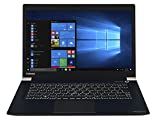
READ NEXT: The best laptops you can buy in 2018
Nor is there an attempt to recreate the Dell XPS 13’s borderless screen, with 5mm-wide bezels to the side and double that above and below. It’s all very 2010. At least the space above the screen leaves plenty of room for Toshiba’s Windows Hello-compliant camera, so you can log into your account without fiddling with fingerprint readers or passwords. This works as smoothly as ever.
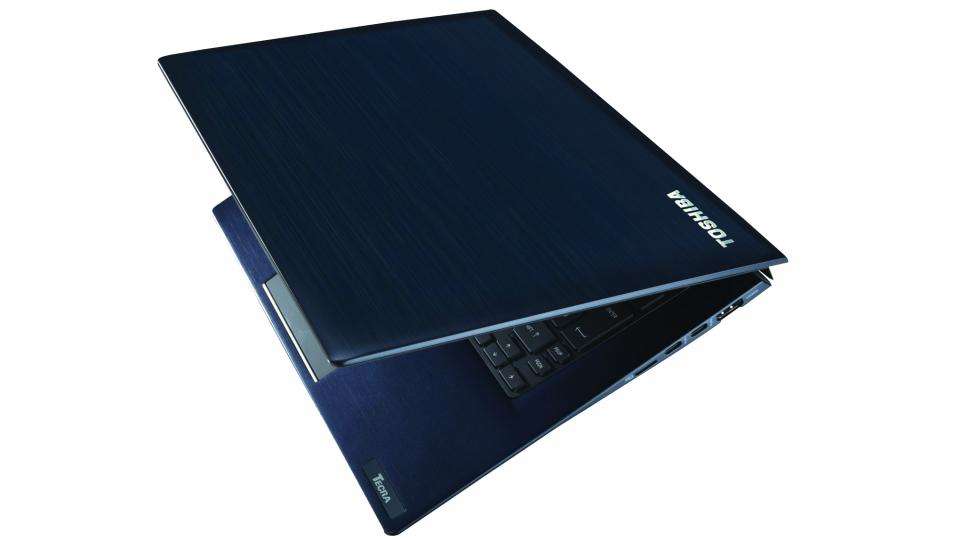
There is a fingerprint reader squeezed into the touchpad, a sensibly wide design with the same aspect ratio as the screen. It’s responsive, but I found the blue touchpoint nestled within the keys to be sluggish. With physical left- and right-mouse buttons above the touchpad, though, you can use either system equally well.
The keyboard is a pleasure to type on – but that’s what I’ve come to expect from big-name laptops. The days of clicky, bouncy keyboards are in the past, so it’s now a matter of making sure buttons are adequately sized and well placed. Here, Toshiba wins: the Backspace and Enter keys are both large, and it even separates out the PgUp and PgDn buttons. The only minor irritation is that the cursor keys are small, with the top cursor the trickiest to hit.
There’s nothing special about the display, a 14in touchscreen with a 1,920 x 1,080 resolution. It’s non-reflective, and together with the touch coating the screen looks subdued next to, say, the Dell XPS 13. I measured maximum brightness at 264cd/m 2 and found it struggled in direct sunlight, but was more concerned by its sensitivity to viewing angles – head away from a “direct on” view and the colours drop off.
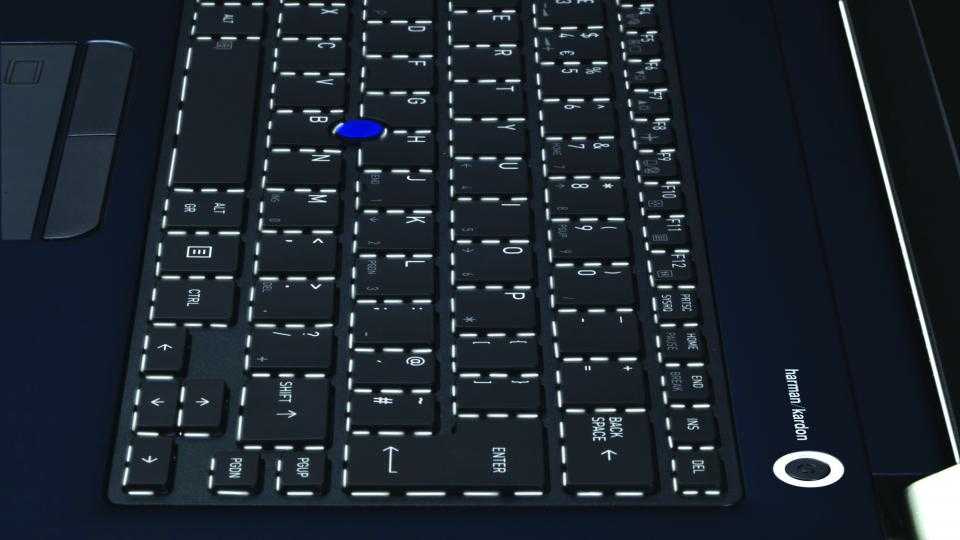
Colour accuracy is disappointing, with an average Delta E of 6.66 well above the two or less we’d hope for – while a measured 60.6% sRGB gamut coverage indicates this isn’t a panel for photographers.
Few people will need more power than this laptop has to offer, with a Core i7-7500U processor and 16GB of RAM combining to score 55 overall in our benchmarks. That’s a thunderous score, but it’s matched by thunderous noise when pushed: the cooling fans kick into action surprisingly often. Having lived with an ultra-quiet Dell XPS 13 for two years, I found this annoying. At least this didn’t adversely affect battery life too much, with the Tecra lasting for 8hrs 18mins in our video-rundown test.
One thing I loved, however, was the Thunderbolt docking station. This plugs into one of the two Thunderbolt 3/USB-C ports on the right-hand side of the Tecra, and means that you can connect every conceivable wire or output when at your main desk. There are VGA, Ethernet, four USB 3 ports, two HDMI ports, a DisplayPort, a micro-DisplayPort and three USB-C connectors available. At £200, it’s a little expensive, but the convenience it offers is ample compensation.
Toshiba Tecra X40-D-10H review: Verdict
You know you’re in trouble, though, when the thing you most like about a laptop is its docking station. As I mentioned at the start of this review, competition is tough. While an identically specified ThinkPad X1 Carbon (with a 512GB SSD) would cost almost £200 more, it’s worth the extra investment – especially when that comes with a three-year on-site warranty compared to the Toshiba’s single year of return-to-base cover.


